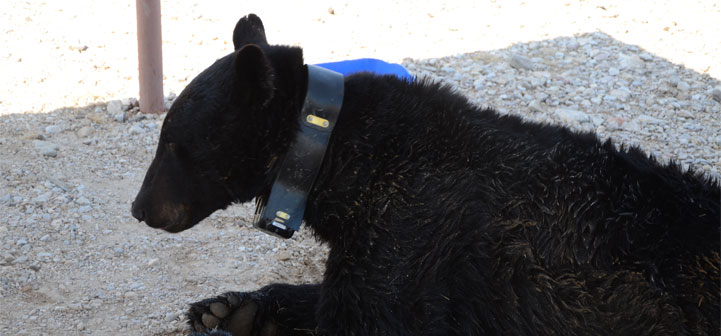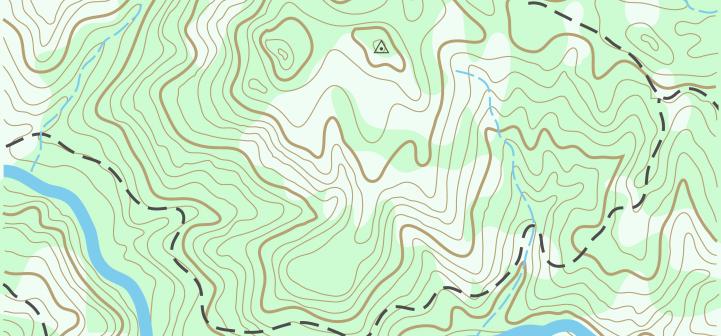
 GPS collars are helping wildlife biologists understand how animals move and use the landscape. Biologists are able to capture wildlife and fit them with collars that collect GPS coordinates of their locations at preset times. Animals such as black bears can be monitored with collars, and their movements provide researchers with information on the animals’ use of habitats, activity patterns, home-range sizes, and prey use.
GPS collars are helping wildlife biologists understand how animals move and use the landscape. Biologists are able to capture wildlife and fit them with collars that collect GPS coordinates of their locations at preset times. Animals such as black bears can be monitored with collars, and their movements provide researchers with information on the animals’ use of habitats, activity patterns, home-range sizes, and prey use.
Various types of GPS collars collect and store location data in different ways. Store-on-board collars store the data in the collar to be accessed once the collar comes off the animal. Satellite collars upload the data to a satellite. The data is then sent to an email account. These collars allow biologists to access the location data and instantly track the collared animals.
Researchers at the Borderlands Research Institute for Natural Resource Management are using GPS collars to track such wildlife as mountain lions, black bears, bighorn sheep, pronghorn, mule deer, and even quail.
Article by Patricia Moody Harveson
